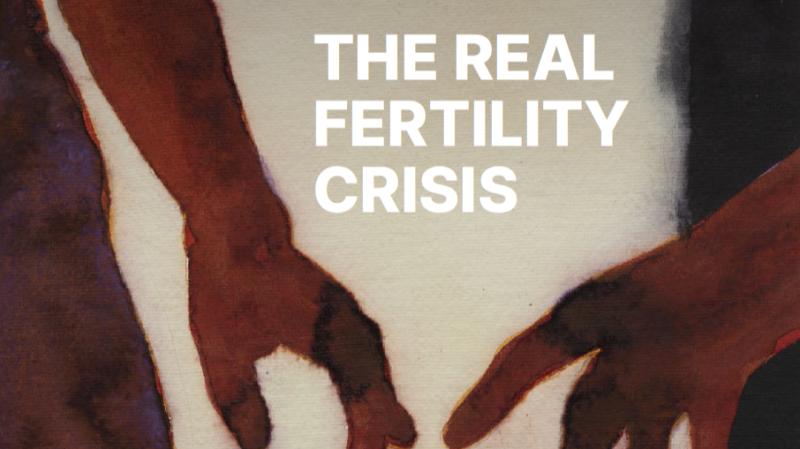- Courses
- GS Full Course 1 Year
- GS Full Course 2 Year
- GS Full Course 3 Year
- GS Full Course Till Selection
- MEP (Mains Enrichment Programme) Data, Facts
- Essay Target – 150+ Marks
- Online Program
- GS Recorded Course
- NCERT- First Ladder
- Polity
- Geography
- Economy
- Ancient, Medieval and Art & Culture AMAC
- Modern India, Post Independence & World History
- Environment
- Governance
- Science & Technology
- International Relations and Internal Security
- Disaster Management
- Ethics
- Current Affairs
- Indian Society and Social Issue
- CSAT
- 5 LAYERED ARJUNA Mentorship
- Public Administration Optional
- ABOUT US
- OUR TOPPERS
- TEST SERIES
- FREE STUDY MATERIAL
- VIDEOS
- CONTACT US
India's Economic Transformation: Infrastructure, Innovation, and Inclusion
India's Economic Transformation: Infrastructure, Innovation, and Inclusion

Why in the News?
- India is at a turning point where it can surpass Japan and become the fourth-largest economy with a GDP of $4.2 trillion.
- It is also expected to overtake Germany in the next few years to become the third-largest economy in the world.
- One of the most visible symbols of this economic transformation is the development of infrastructure.
Infrastructure Development in Recent Years:
|
Sector |
Infrastructure Development |
Impact on the Economy |
|
Roads |
1. National Highways expanded from 91,287 km (2014) to 1,46,204 km (2024). |
1. Ensured last-mile connectivity across the country. |
|
Railways |
1. 25,871 km of new railway tracks laid in the last 10 years. |
1. Railways became the second-largest cargo transporter globally. |
|
Airways |
1. The number of operational airports increased from 74 (2014) to 160 (2025). |
1. Air travel became democratised (made accessible to common people). |
|
Urban Transformation |
1. Implementation of Smart Cities Mission. |
1. Made cities more efficient, livable, and digitally integrated. |
|
Clean Energy |
1. Solar capacity grew from 2.82 GW (2014) to over 105.65 GW. |
1. India is now the 3rd-largest solar and 4th-largest wind energy producer globally. |
|
Digital Public Infrastructure |
1. Exponential growth in platforms like UPI and Aadhaar. |
1. Enabled real-time payments, direct benefit transfers, and financial inclusion. |
|
Dedicated Freight Corridors:
UDAN Scheme:
Smart Cities Mission:
Jan Dhan Yojana:
|
Key Indicators of India’s Economic Transformation
- Strong and Steady Growth: Since 2014, India’s average GDP growth has been 6.4%, and it recently increased to 7.4%, showing the strength and rising pace of the economy.
- Better Inflation Control: Inflation has come down from 9.4% in 2013–14 to around 4.6% now, making life more stable for both households and businesses.
- Social Progress: Poverty levels have reduced, improving the quality of life for millions.
- Major Economic Reforms: Reforms like GST, simplification of rules, and removal of outdated laws have made doing business easier and boosted economic growth.
Challenges and Way Forward:
|
Challenges |
Way Forward |
|
Doing business is still difficult – Too many rules and approvals slow things down. |
Make policies flexible – Simplify rules so businesses can grow faster. |
|
Too many formalities – Heavy paperwork and legal requirements create delays. |
Focus on sustainability – Reduce unnecessary processes while keeping businesses responsible. |
|
Struggling to compete globally – Indian industries face tough competition from other countries. |
Stronger global connections – Improve manufacturing and skills to increase exports. |
|
Ensure IAS Mains Question: Q. “Infrastructure development is the backbone of India’s economic transformation.” Discuss with examples from transport, energy, and digital sectors. (250 words) |
|
Ensure IAS Prelims Question: Q. With reference to India’s economic transformation in recent years, consider the following statements:
Which of the statements given above is/are correct?
Answer: c Explanation: Statement 1 is incorrect: India is currently the 4th-largest producer of wind energy and the 3rd-largest in solar energy. Statement 2 is incorrect: The UDAN (Ude Desh ka Aam Nagrik) scheme is aimed at making air travel affordable and widespread, especially by enhancing air connectivity to remote and underserved regions, not railway connectivity. Its goal is to democratize air travel, not to improve railway links in the North-East. Statement 3 is correct: Unified Payments Interface (UPI) is a key part of India’s Digital Public Infrastructure (DPI). It facilitates real-time digital payments, enables financial inclusion, and is widely integrated with Aadhaar, Jan Dhan, and direct benefit transfer systems. |


